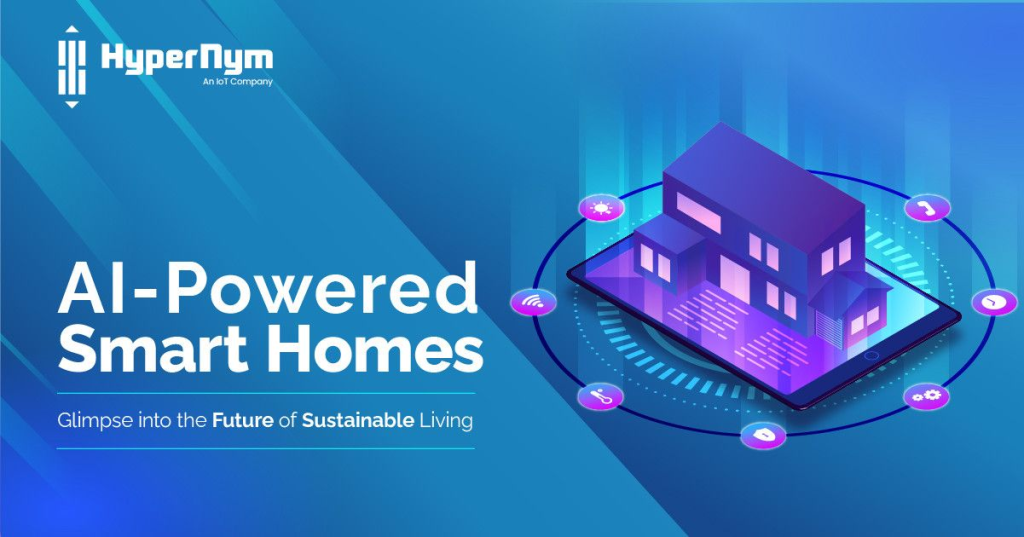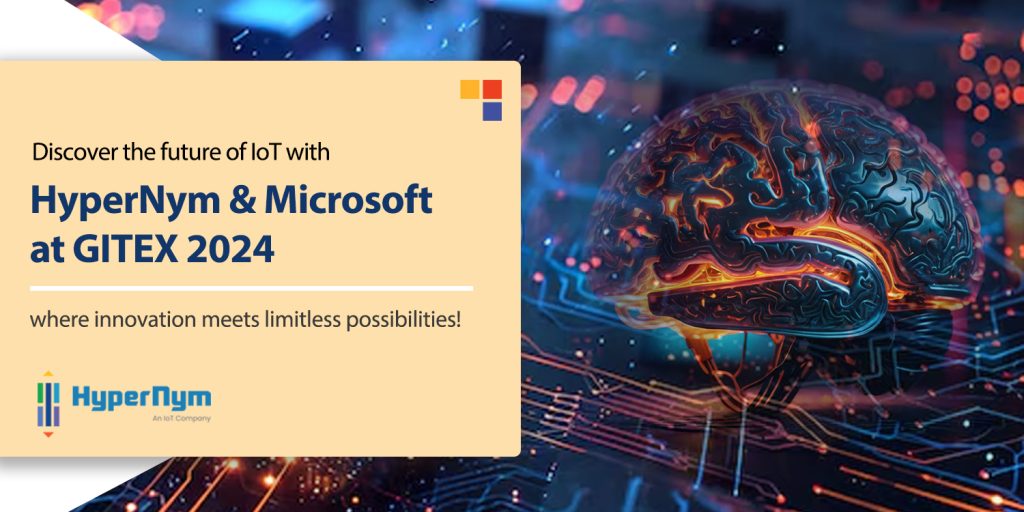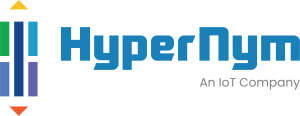
1. The Foundation: IoT Devices in Smart Homes
IoT devices form the backbone of smart home technology, enabling seamless communication and automation. Here are some key categories of IoT devices that are integral to AI-powered smart homes:
1.1. Environmental Sensors
These devices monitor air quality, temperature, and humidity levels in real-time. By providing continuous data, they allow smart home systems to automatically adjust HVAC settings, activate air purifiers, or dehumidifiers as needed, maintaining a healthy indoor environment.
1.2. Smart Thermostats
Utilizing AI algorithms, smart thermostats learn occupants’ preferences and schedules. They optimize heating and cooling systems based on this data, ensuring comfort while minimizing energy consumption. By adjusting settings based on occupancy, these devices significantly reduce energy waste and lower utility bills.
1.3. Intelligent Lighting Systems
AI-powered lighting systems automatically adjust brightness and color temperature based on the time of day and occupancy. Using motion sensors, they can turn lights on or off as needed, enhancing energy efficiency.
1.4. Security and Surveillance Systems
Smart security systems equipped with AI capabilities enhance home safety. They can include smart cameras and motion detectors that recognize familiar faces and alert homeowners to unusual activities, allowing real-time monitoring and ensuring peace of mind.
1.5. Smart Appliances
AI-enabled appliances like refrigerators, ovens, and washing machines optimize energy usage and improve convenience. For example, smart refrigerators can monitor food inventory and suggest recipes, while washing machines adjust cycles based on load size and fabric type, conserving water and energy.
1.6. Smart Energy Management Systems
These systems integrate various IoT devices to monitor and control energy consumption throughout the home. By analyzing data from appliances, lighting, and HVAC systems, they provide insights into usage patterns and suggest ways to reduce energy waste.
2. The Backbone of Smart Homes: Connectivity and Protocols
As we delve deeper into the world of AI-powered smart homes, it’s crucial to understand the technologies that enable seamless communication between devices. Two key players in this space are LoRaWAN and Matter, each contributing uniquely to the future of sustainable living.
2.1. LoRaWAN: Extending the Reach of Smart Homes
LoRaWAN (Long Range Wide Area Network) is revolutionizing how smart home devices communicate over long distances:
- LoRaWAN allows devices to communicate over several kilometers, ideal for large properties or connecting to community-wide systems.
- Devices using LoRaWAN can operate on battery power for years, reducing the need for frequent replacements and minimizing electronic waste.
- The technology supports millions of devices on a single network, perfect for dense urban environments.
- LoRaWAN excels in outdoor settings, enabling smart irrigation systems, environmental monitoring, and security devices to seamlessly integrate with your smart home ecosystem.
2.1.1. Matter: The Universal Language of Smart Devices
Matter, developed by the Connectivity Standards Alliance, is set to transform how smart home devices interact:
- Matter ensures that devices from different manufacturers can communicate seamlessly, ending the fragmentation that has long plagued the smart home industry.
- With Matter, setting up and configuring new devices becomes much easier, reducing frustration for homeowners.
- Matter incorporates robust security protocols, ensuring that your smart home remains protected against cyber threats.
- By standardizing communication protocols, Matter helps ensure consistent performance across all compatible devices.
2.2. The Benefits of AI-Powered Smart Homes
The integration of AI and IoT devices in smart homes offers numerous advantages:
- Smart homes significantly reduce utility bills and lower carbon footprints by optimizing energy consumption.
- Automated systems ensure ideal temperature and lighting levels, improving occupant comfort and well-being.
- Advanced security features provide real-time alerts and monitoring capabilities, enhancing overall safety.
- Continuous monitoring of air quality and other environmental factors helps maintain a healthier indoor atmosphere.
3. The Future of Sustainable Living
As technology continues to evolve, the potential for AI-powered smart homes to further enhance sustainable living is immense. Future advancements may include:
3.1. Advanced Energy Management
Smart homes will utilize AI to analyze energy consumption patterns in real-time, allowing for dynamic adjustments that optimize energy use. Integration with renewable energy sources, such as solar panels, will enable homes to generate their own energy and reduce reliance on non-renewable sources.
3.2. Personalized Automation
AI algorithms will learn individual preferences and habits, allowing for more intuitive automation. Lighting, temperature, and even music can be adjusted automatically based on the time of day or the occupants’ moods.
3.3. Health and Wellness Monitoring
Future smart homes will incorporate advanced air quality monitoring systems that continuously assess indoor conditions and automatically adjust ventilation and filtration systems. This focus on health will enhance the quality of life for occupants.
3.4. Smart Waste and Water Management
IoT devices will optimize waste collection routes and monitor water usage, helping to conserve resources and reduce costs. Smart irrigation systems will adjust watering schedules based on weather conditions, promoting sustainable landscaping practices.
3.5. Community Integration
Smart homes will increasingly connect with local energy providers to optimize energy usage based on grid demand. This collaboration can lead to a more resilient energy system, where homes contribute to and benefit from a communal approach to energy management.
4. Conclusion: Embracing the Smart Home Revolution
AI-powered smart homes represent a significant step toward a more sustainable future. By leveraging innovative IoT devices and connectivity technologies like LoRaWAN and Matter, these homes can optimize energy use, enhance comfort, and promote healthier living environments. As we embrace this technology, we move closer to a future where our living spaces are not only smarter but also more attuned to the needs of both occupants and the planet.
The convergence of AI, IoT, LoRaWAN, and Matter is ushering in a new era of sustainable living. These technologies, working in harmony, promise to transform our homes into intelligent, efficient, and comfortable spaces that actively contribute to a more sustainable world.
At HyperNym, we are committed to exploring and promoting these advancements, paving the way for a more sustainable and intelligent living experience. As we look to the future, it’s clear that AI-powered smart homes will play a crucial role in creating a more sustainable and comfortable world for generations to come.
Stay tuned to HyperNymbiz.com for more insights into AI-powered smart homes and sustainable living technologies. At HyperNym, we’re committed to shaping a smarter, more sustainable future for all.


